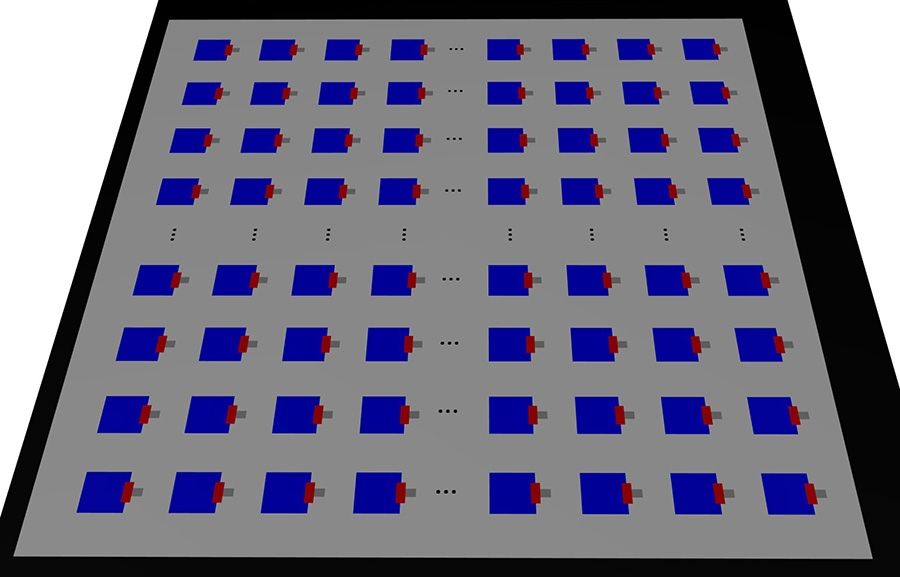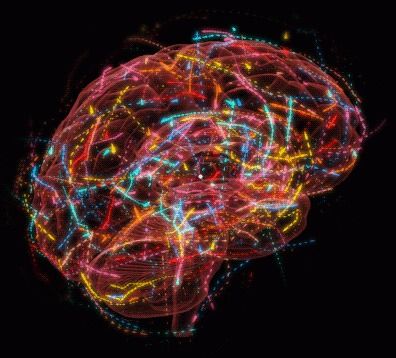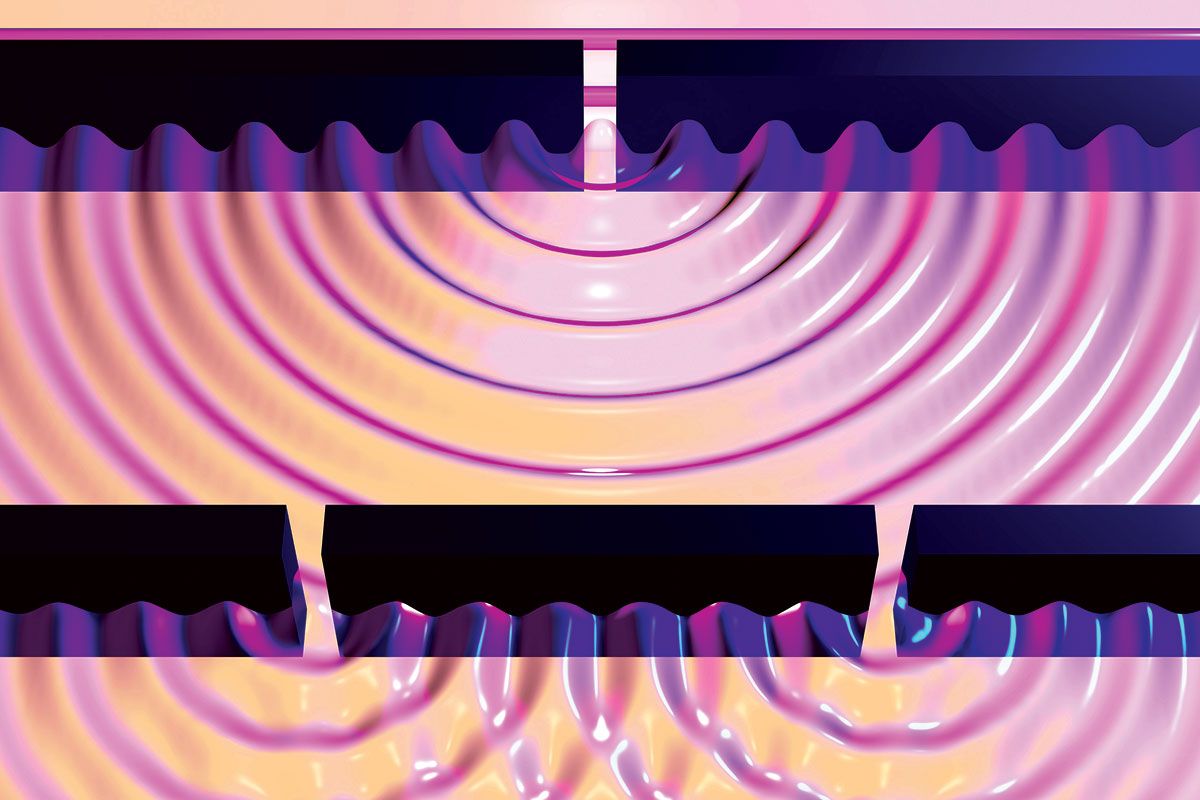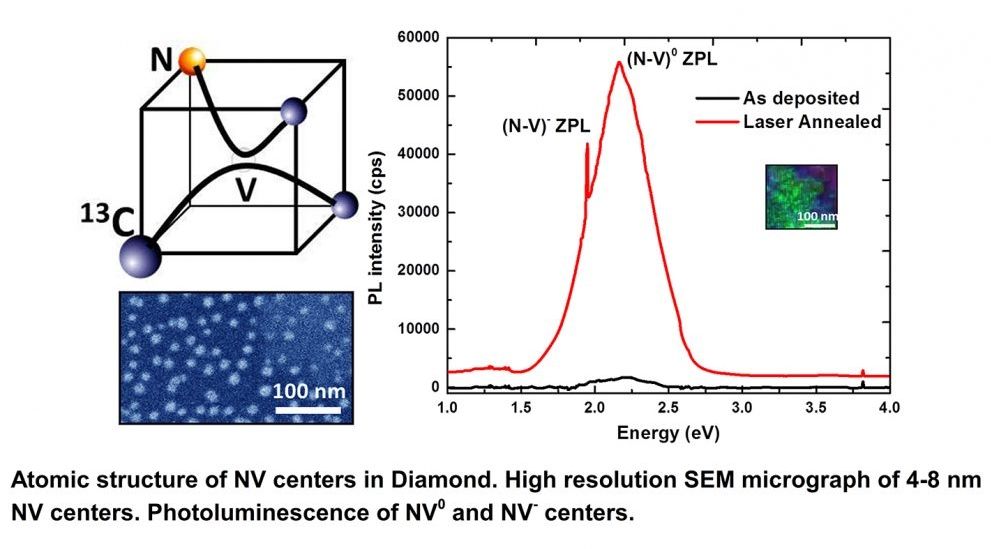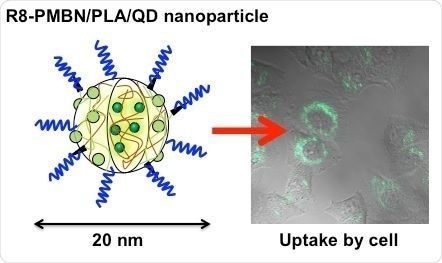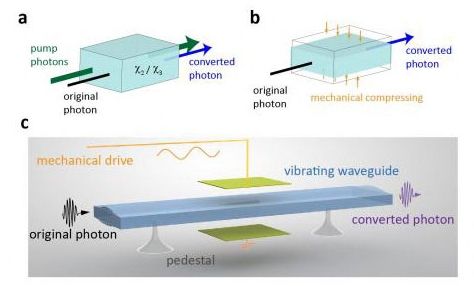Nov 2, 2016
Tiny graphene radios may lead to Internet of Nano-Things
Posted by Karen Hurst in categories: internet, nanotechnology
For wireless communication, we’re all stuck on the same traffic-clogged highway—it’s a section of the electromagnetic spectrum known as radio waves.
Advancements have made the highway more efficient, but bandwidth issues persist as wireless devices proliferate and the demand for data grows. The solution may be a nearby, mostly untapped area of the electromagnetic spectrum known as the terahertz band.
“For wireless communication, the terahertz band is like an express lane. But there’s a problem: there are no entrance ramps,” says Josep Jornet, PhD, assistant professor in the Department of Electrical Engineering at the University at Buffalo School of Engineering and Applied Sciences.
Continue reading “Tiny graphene radios may lead to Internet of Nano-Things” »
